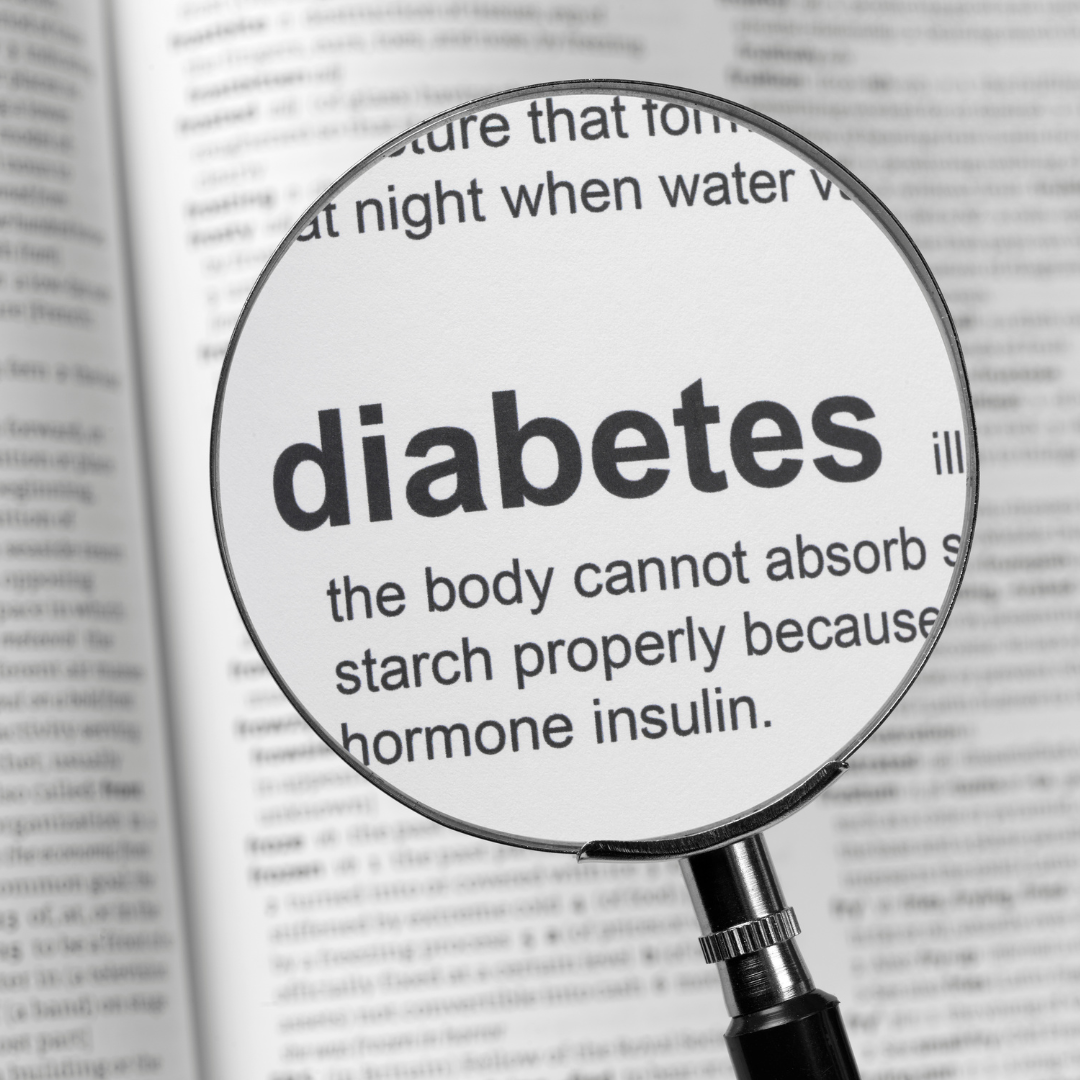Anemia is a pressing global health issue that disproportionately affects adolescent girls. This demographic faces unique challenges that contribute to a higher prevalence of this condition, including nutritional deficiencies, physiological changes due to menstruation, and the demands of growth and development. Understanding the prevalence of anemia among adolescent girls is crucial for developing targeted intervention programs that can effectively address this public health concern and improve the overall well-being of this vulnerable population.
Understanding the Prevalence of Anemia in Adolescent Girls: A Global Health Concern
Anemia, defined as a reduction in the number of red blood cells or hemoglobin levels in the blood, poses a significant health challenge worldwide, particularly for adolescent girls. According to the World Health Organization, this group is particularly vulnerable due to a combination of biological and socio-economic factors. During adolescence, girls experience rapid physical growth, which increases their nutritional requirements, especially for iron, leading to a higher risk of developing anemia. The added factor of menstrual blood loss further exacerbates this risk, often resulting in insufficient iron levels.
Globally, the prevalence of anemia among adolescent girls varies widely, with studies indicating rates from 20% to 60%. These disparities can be attributed to several factors, including geographical location, socio-economic status, and cultural dietary practices. For instance, girls in low-income countries may have limited access to iron-rich foods or may be subject to cultural practices that restrict their dietary choices. Moreover, girls in rural areas often face challenges related to education and healthcare access, which influence their awareness and management of anemia.
The consequences of anemia extend beyond physical health issues; they also significantly impact cognitive development and academic performance. Adolescents with anemia may experience fatigue, weakness, and decreased concentration, leading to poor educational outcomes and reduced quality of life. The lack of knowledge surrounding the symptoms and effects of anemia further complicates the situation, resulting in underdiagnosis and inadequate treatment. Consequently, it is imperative for health policymakers, educators, and community leaders to recognize the urgency of addressing anemia in adolescent girls and to prioritize effective intervention strategies.
Intervention Programs Targeting Anemia in Adolescent Girls: Strategies for Improvement
To effectively combat the rising prevalence of anemia among adolescent girls, a comprehensive and multifaceted approach is required. One of the primary strategies should focus on increasing awareness regarding nutritional needs, particularly emphasizing the importance of consuming iron-rich foods. Educational initiatives can be integrated into school curricula and community programs, highlighting the significance of a balanced diet rich in lean meats, legumes, nuts, and dark leafy greens. Such programs should also provide information about the symptoms and long-term effects of anemia to empower young girls to take charge of their health.
Another essential aspect of intervention programs is the implementation of periodic screening for anemia within healthcare services targeted at adolescents. Early detection can facilitate timely treatment and management of the condition. Health professionals can utilize simple blood tests to identify at-risk individuals and provide them with the necessary guidance on dietary adjustments and lifestyle changes that can mitigate anemia. Integrating these screenings into routine health check-ups can help normalize the conversation around anemia and encourage proactive health behaviors among adolescent girls.
Supplementation programs offering iron and folic acid are also vital in addressing iron-deficiency anemia. However, it is crucial to tailor these programs to align with the dietary customs and health needs of different populations. Collaborating with local health authorities, schools, and community organizations can enhance the reach and effectiveness of these interventions, ensuring that the programs are culturally sensitive and accessible. By creating a supportive environment that prioritizes the health of adolescent girls, we can significantly reduce the burden of anemia, thus empowering them to lead healthier and more productive lives.
Addressing the prevalence of anemia in adolescent girls is a multifaceted challenge that requires a concerted effort from various stakeholders, including policymakers, educators, and healthcare providers. By understanding the factors contributing to the higher rates of anemia in this demographic and implementing targeted intervention programs, we can make significant strides in improving their health outcomes. Through increased awareness, early detection, and tailored nutritional support, we can not only reduce the prevalence of anemia but also enhance the overall quality of life for adolescent girls. The commitment to this cause is essential for fostering a healthier future generation.



